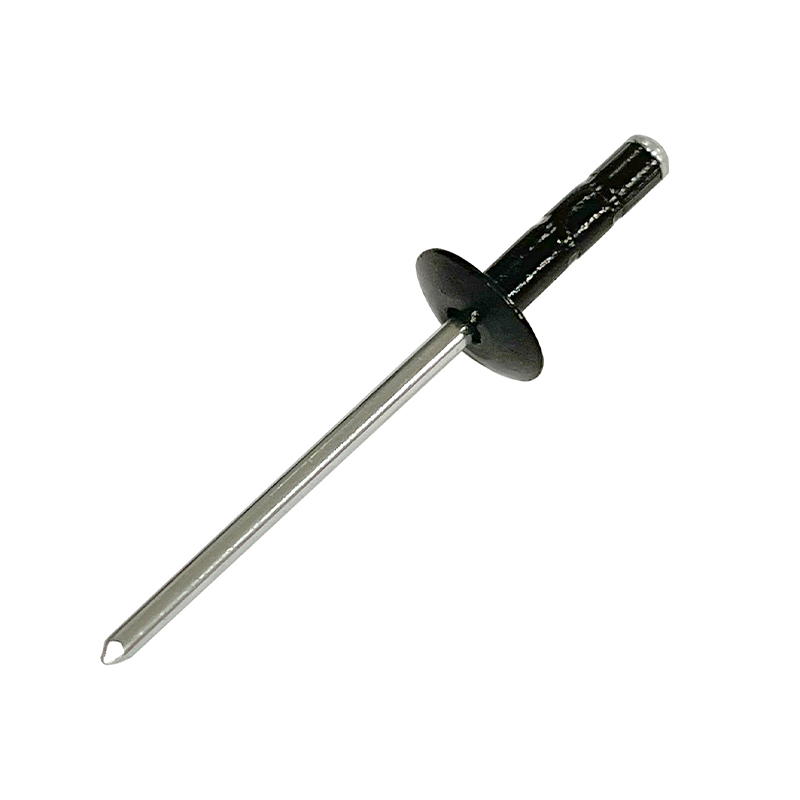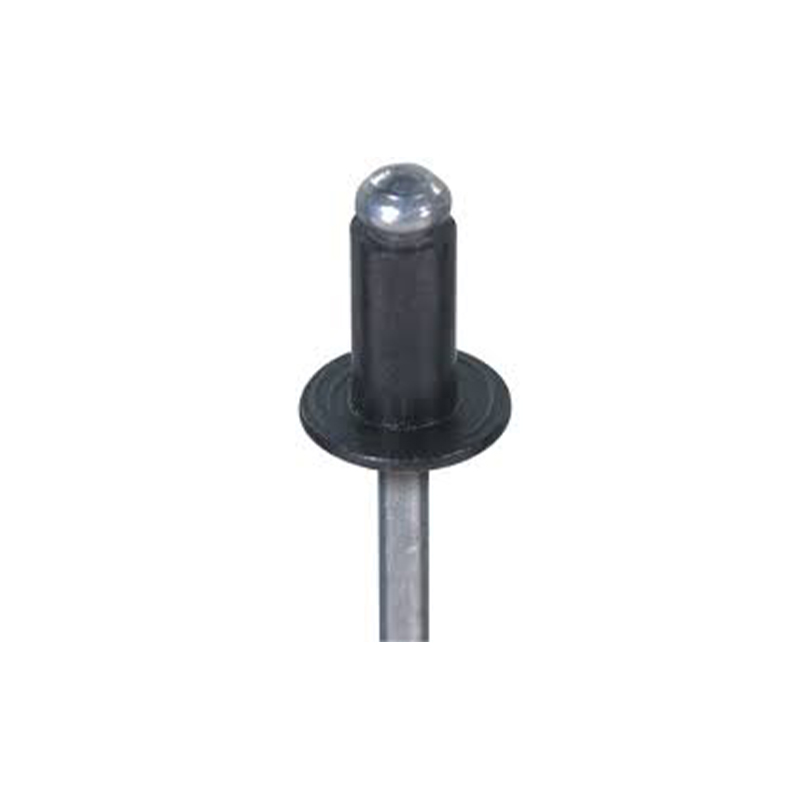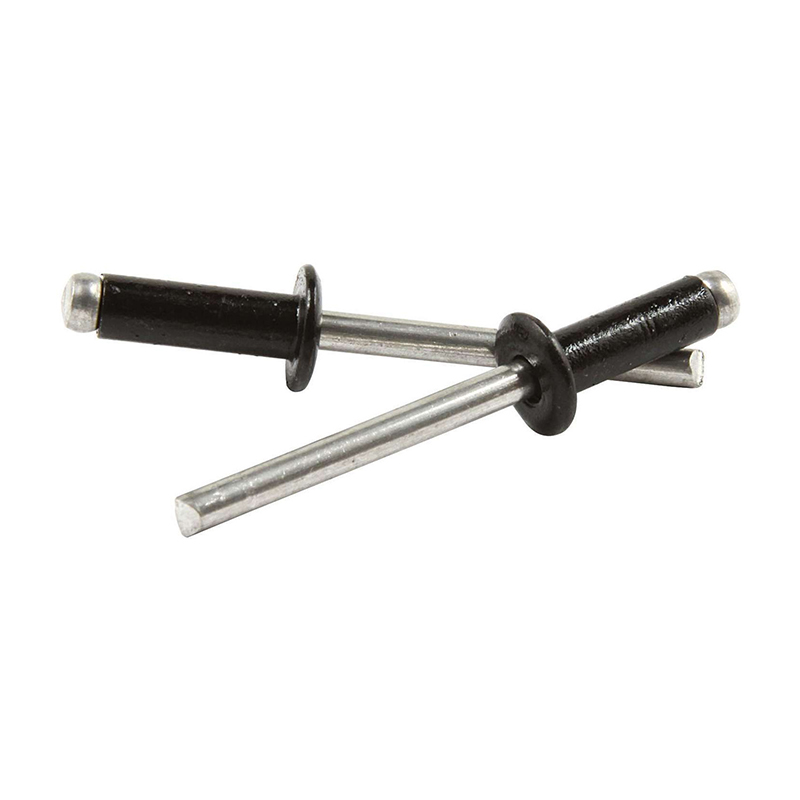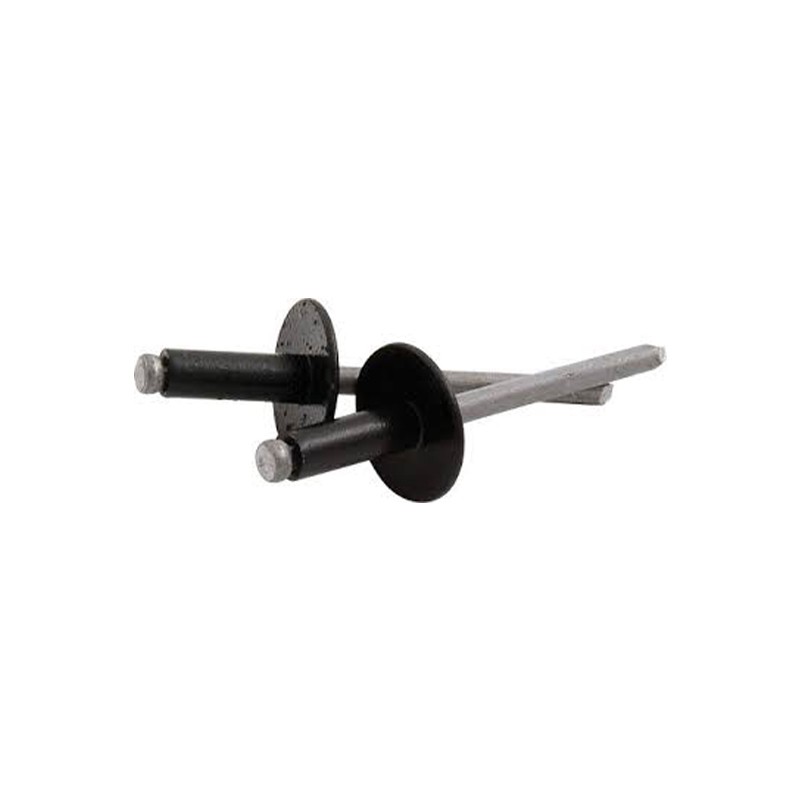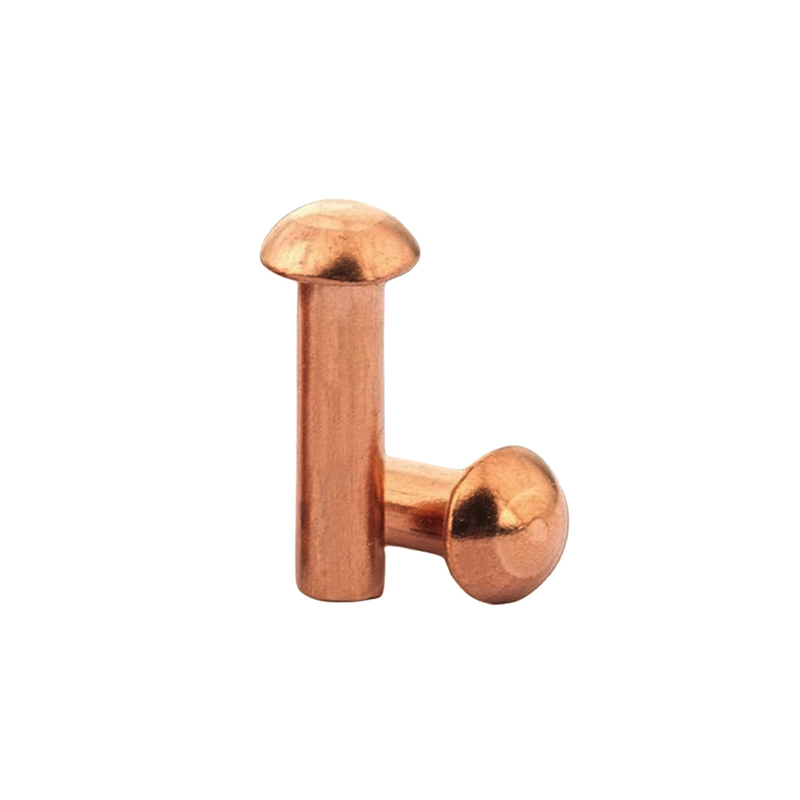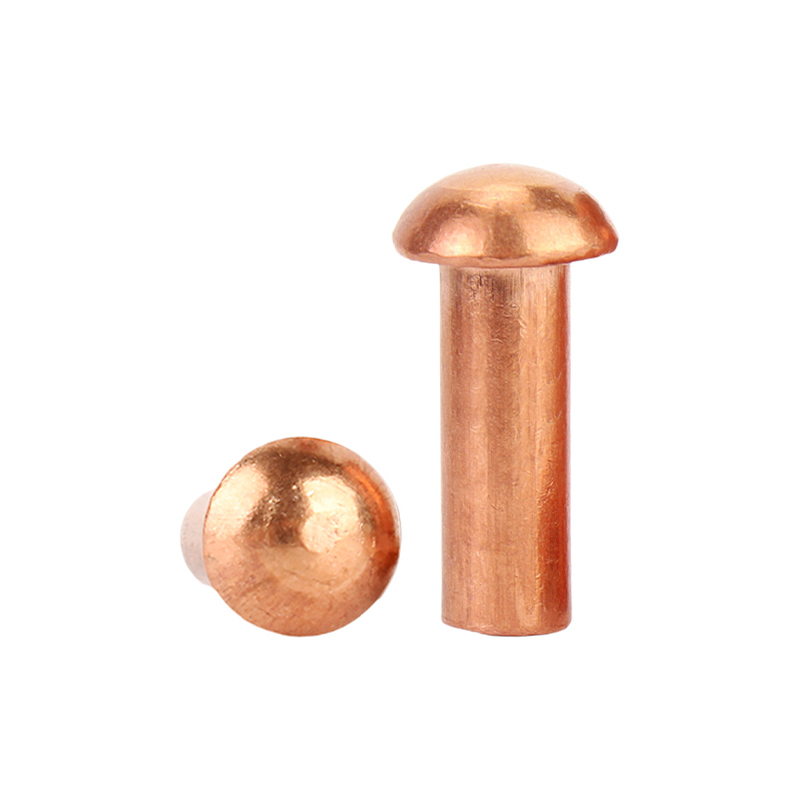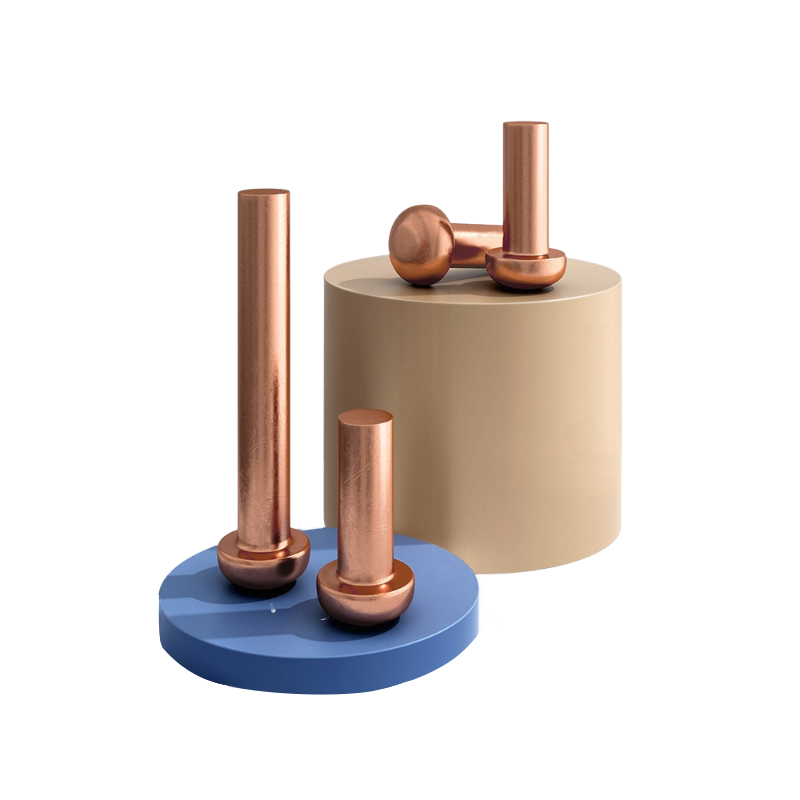Black Cup Head Rivets
Send Inquiry
Black cup head rivets mostly come in three flavors: regular steel, stainless steel, or aluminum mixes. Steel’s your heavy lifter – good for stuff that needs to hold weight without snapping. Stainless steel doesn’t rust, which is why docks or places with chemicals use ’em. Aluminum ones? They’re lighter but still hold up, so you’ll see ’em in planes or cars.
For really gnarly jobs – like factories dealing with crazy heat or harsh chemicals – there’s fancy options like Monel or titanium rivets. How they’re made gives them the right mix of hardness and bend-resistance, so they don’t wear out fast. Heat-treated ones? Those last even longer, which explains why everyone from construction crews to manufacturers keeps buying ’em.
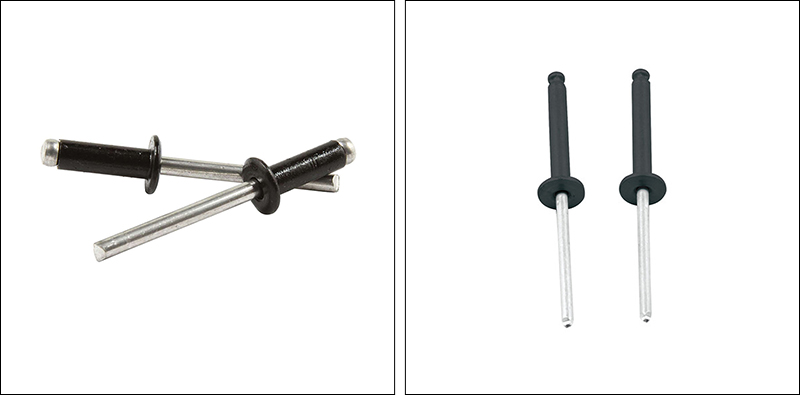
Product applications
Black cup head rivets are used in a lot of industries where you need secure, permanent fasteners. In construction, they’re used to hold together steel beams, bridges, and HVAC systems. Car makers use them in chassis assemblies and engine parts because they don’t shake loose easily from vibration. In aerospace, they show up in aircraft fuselages and wing panels, where you need fasteners that are light but strong. Industrial machinery, railway systems, and shipbuilding also use them because they hold up under stress. One handy thing about them is they can work with different materials—like joining metal and composite parts—which is useful in projects that mix materials.
FAQ
Q: Can black cup head rivets be used in high-vibration environments without loosening?
A: Yeah, they are those things you use to keep parts locked together in shaky spots – think car engines or factory machines. When you pop ’em in, they smooth down and stay put for good. No threads like screws or bolts, so nothing grinds down over time.
If things get extra shaky, you can slap on some anti-vibe washers or grab aluminum alloy ones – they’re bendy but tough. Pro tip: Drill holes exactly sized and set your tool pressure right. Do that, and they’ll handle rattling like champs.


